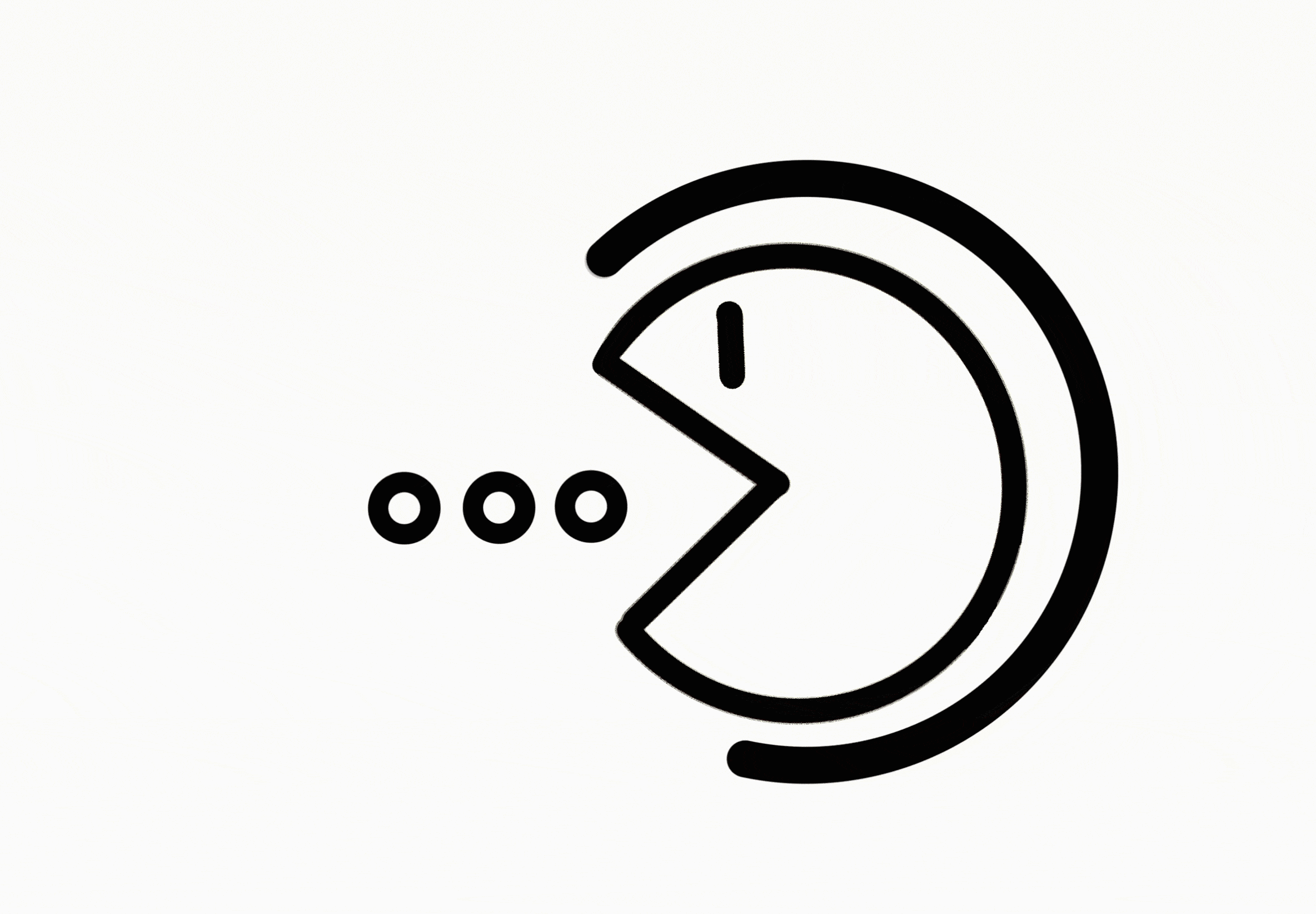
Safety
General lab safety guidelines:
(1)
Wear face masks, goggles, and lab coats
.
(2)
Do not touch any lab equipment without wearing gloves.
(3)
Wear shoes with no open ends.
(4)
No eating/drinking in the lab.
(5)
Avoid direct skin/eye contact with chemicals.
(6)
Avoid smelling/tasting chemicals.
(7)
Dispose biological waste in specific containers.
(8)
Tie up long hair.
(9)
No horseplay.
(10)
All personnel should be familiar with lab equipment and safety
procedures.
(11)
Leave all lab equipment within the lab, and sanitize thoroughly before
leaving the lab.
(12)
No jewelry allowed in the lab.
Experimental safety guidelines:
Operation of pipettes, flasks, and other measuring
apparatuses
(1)
Change pipette heads after contact with hands and other surfaces and
liquids.
(2)
Change pipette range to its maximum after use.
(3)
Clean conical flasks, measuring cylinders, and other containers
thoroughly before and after use.
Operation of clean bench
(1)
The window should be closed before UV light is turned on/UV light
should be turned off before the window is opened.
(2)
Turn on UV light 20-30 minutes before use.
(3)
The window should be open at any time the fan is on.
(4)
The window opening should be just large enough for hands to operate on
the bench.
(5)
Sanitize hands and other equipment thoroughly before operating on the
bench.
(6)
Sanitized hands and other equipment should dry on the bench before
lighting alcohol lamp.
(7)
Alcohol lamp cap should be placed on the lamp, lifted, and placed on
top again to turn off. fire.
(8)
Turn off the light, fan, and close the window after use.
Operation of centrifuge
(1)
Test tubes should be shut tightly before placing into
centrifuge.
(2)
Test tubes should be placed opposite of each other, and should contain
even amounts of liquid for even centrifugation.
(3)
Centrifuge cap should be shut tightly before operation.
(4)
Watch the centrifuge reach the desired RPM before leaving to look for
any malfunction.
Operation of DNA and SDS-PAGE gel
electrophoresis
(1)
All gel is poisonous and should be disposed of separately.
(2)
No water should be on the electrodes.
(3)
Positive and negative electrodes should be matched with their
respective plugs.
(4)
Operations with Coomassie brilliant blue should be carried out in a
fume cupboard.
(5)
Ethanol should added before acetic acid when making destaining
solution.
Microorganism safety guidelines:
(1)
Although E. coli is relatively safer than other microorganisms, it is important to
clean all tainers it comes in contact with before and after use.
(2)
Clean hands with soap after handling E.coli.
Ethical Considerations:
The only microorganism we used was E. coli. Thus, our experiments did not involve any human and animal parts,
genes, and testing. All genetic modifications were done at limited quantities for scientific research
purposes.

